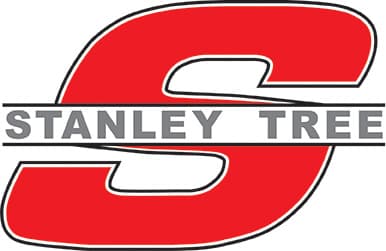Plant health care guide
Our plant health care experts can help prevent diseases and insects from harming your property.
Home » Tree Service » Plant Health Care Guide
A PLANT HEALTH CARE GUIDE FOR PROPERTY OWNERS
As a homeowner, you want to ensure that your plants and shrubs stay healthy and beautiful year-round. However, there are many insects and diseases that can threaten the health of your plants, especially in the New England area. One of the keys to keeping your plants healthy is to be able to identify the insects and diseases that may be harming them. Keep an eye out for the following:
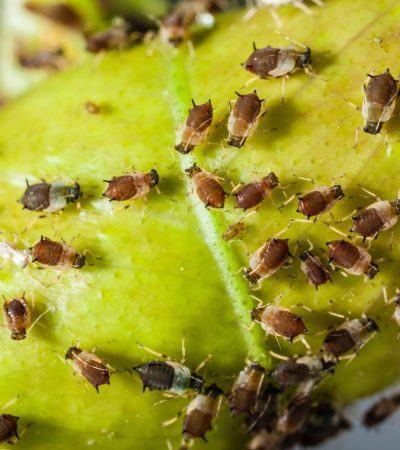
Aphids
Small, soft-bodied insects that suck sap from plants and excrete a sticky substance called honeydew; can cause yellowing, curling, and stunted growth in plants
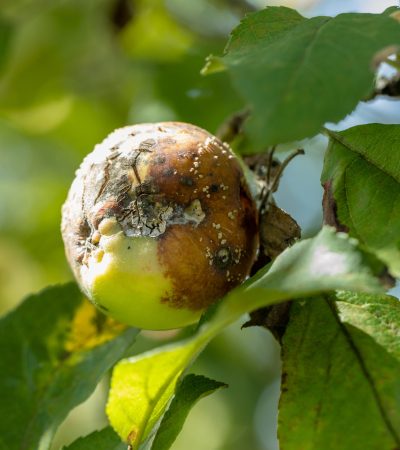
Apple Scab
Fungal disease that affects apple trees and causes dark, scabby lesions on leaves and fruit; can lead to defoliation and reduced yield
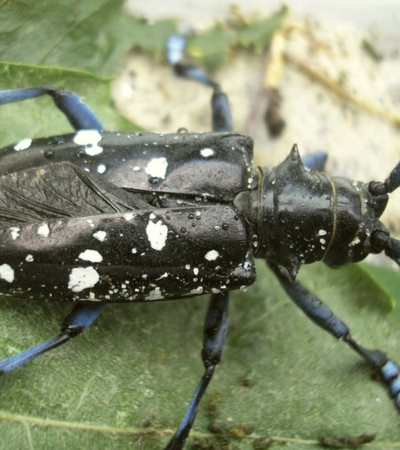
Asian Long Horn Beetle
Large, invasive black beetle with white spots and long antennae that attacks deciduous trees, such as maple and birch; severely damages trees and leads to tree death
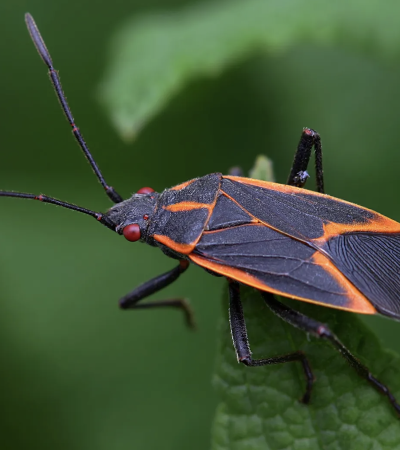
Box Elder Bugs
Black and red insects that feed on the leaves, flowers, and seeds of box elder trees; can become a nuisance when they invade homes in large numbers
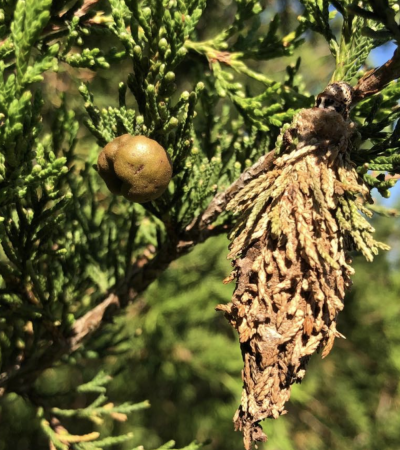
Bagworm
Moth larvae that construct protective bags made of silk and plant material, which they attach to branches; can defoliate trees and shrubs if left untreated
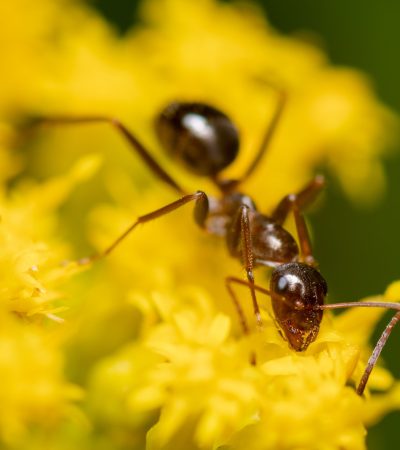
Carpenter Ants
Large ants that excavate wood to create nests; can cause structural damage to homes and buildings if left untreated
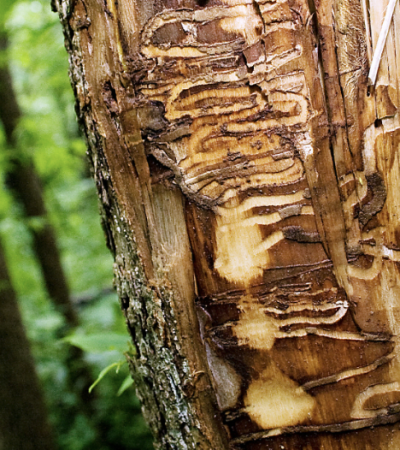
Emerald Ash Borers
Metallic green beetles that feed on ash trees and lay eggs on the bark; can kill ash trees within a few years of infestation
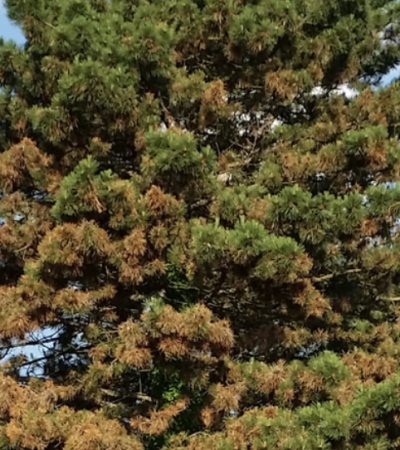
Diplodia
Fungal pathogen that can cause needle discoloration, branch dieback, and canker formation in trees and shrubs; leads to weakens plants and makes them vulnerable
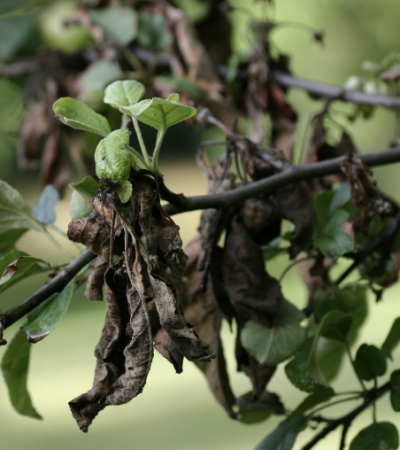
Fire Blight
Bacterial disease that affects apples, pears, and other fruit trees; causes wilting, blackening, and cankers on branches and fruit spurs
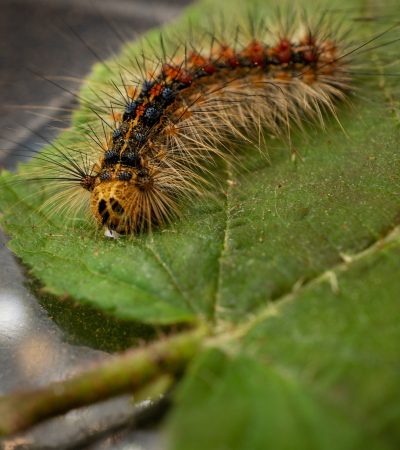
Spongy Moth
Caterpillars with distinctive markings that feed on the leaves of trees and shrubs; can defoliate large areas of forest and urban trees. (formerly known as Gypsy Moth)
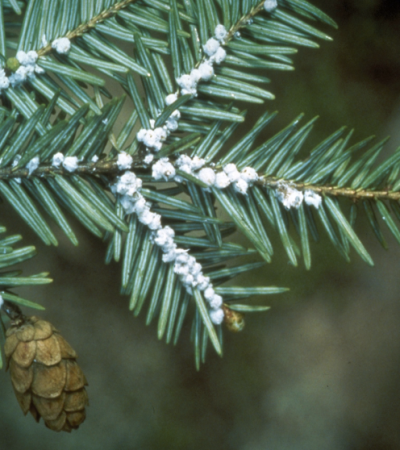
Hemlock Woolly Adelgid
Small, aphid-like insects that feed on hemlock trees and secrete a protective waxy coating; can cause needle discoloration, defoliation, and eventual tree death
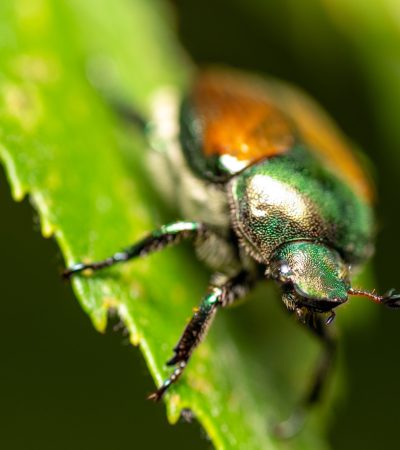
Japanese Beetles
Metallic green and bronze beetles that feed on the leaves, flowers, and fruit of many plants; can cause significant damage to gardens, lawns, and landscapes

Phytophthora
Group of destructive plant pathogens that pose a serious threat to various plants. These stealthy pathogens attack the roots, stems, and leaves of plants, causing wilting, root rot, and plant death.
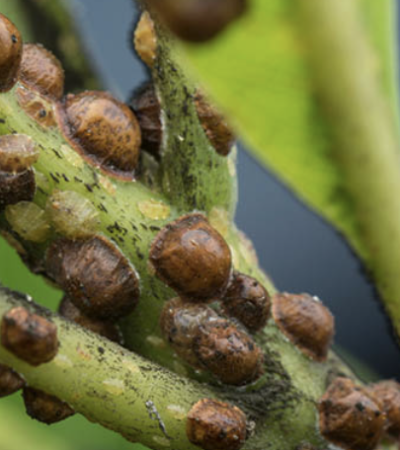
Scale Insects
Small, immobile insects that feed on the sap of plants; can cause yellowing, wilting, and death if left untreated. Scale insects are often found on magnolia trees
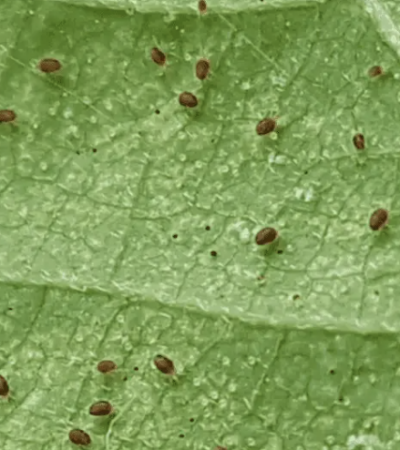
Spider Mites
Tiny arachnids that feed on the undersides of leaves and spin webs; can cause leaf discoloration, wilting, and defoliation if left untreated
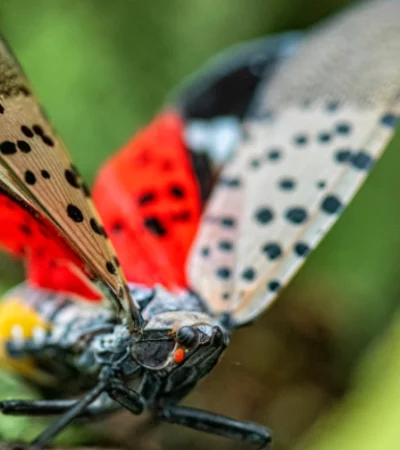
Spotted Lanternfly
Invasive planthopper that feeds on the sap of trees, vines, and crops; can cause wilting, oozing, and death if left untreated.
If you have any questions or concerns about the health of your plants, please don’t hesitate to contact us. Our plant health care experts are here to help!
